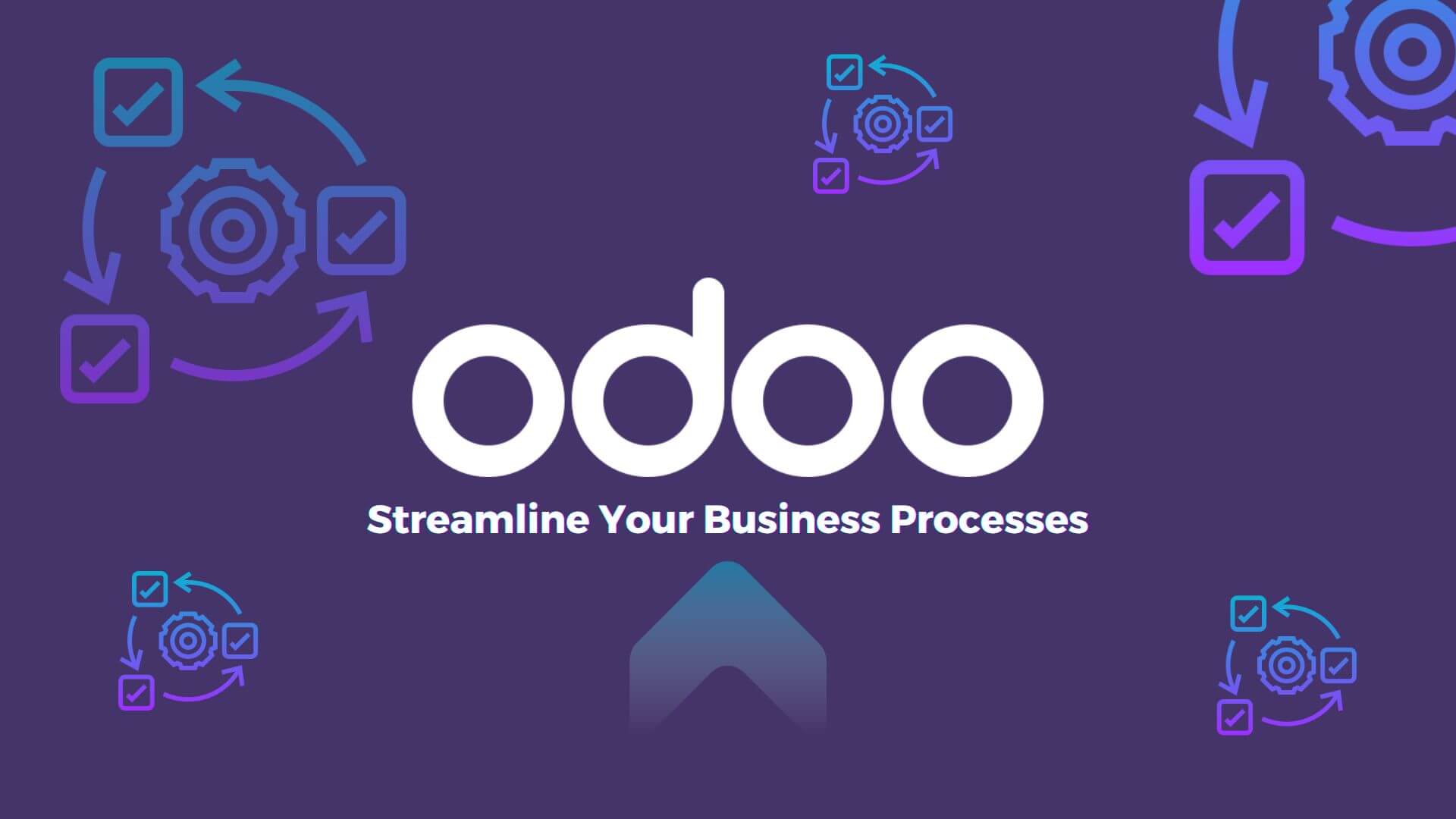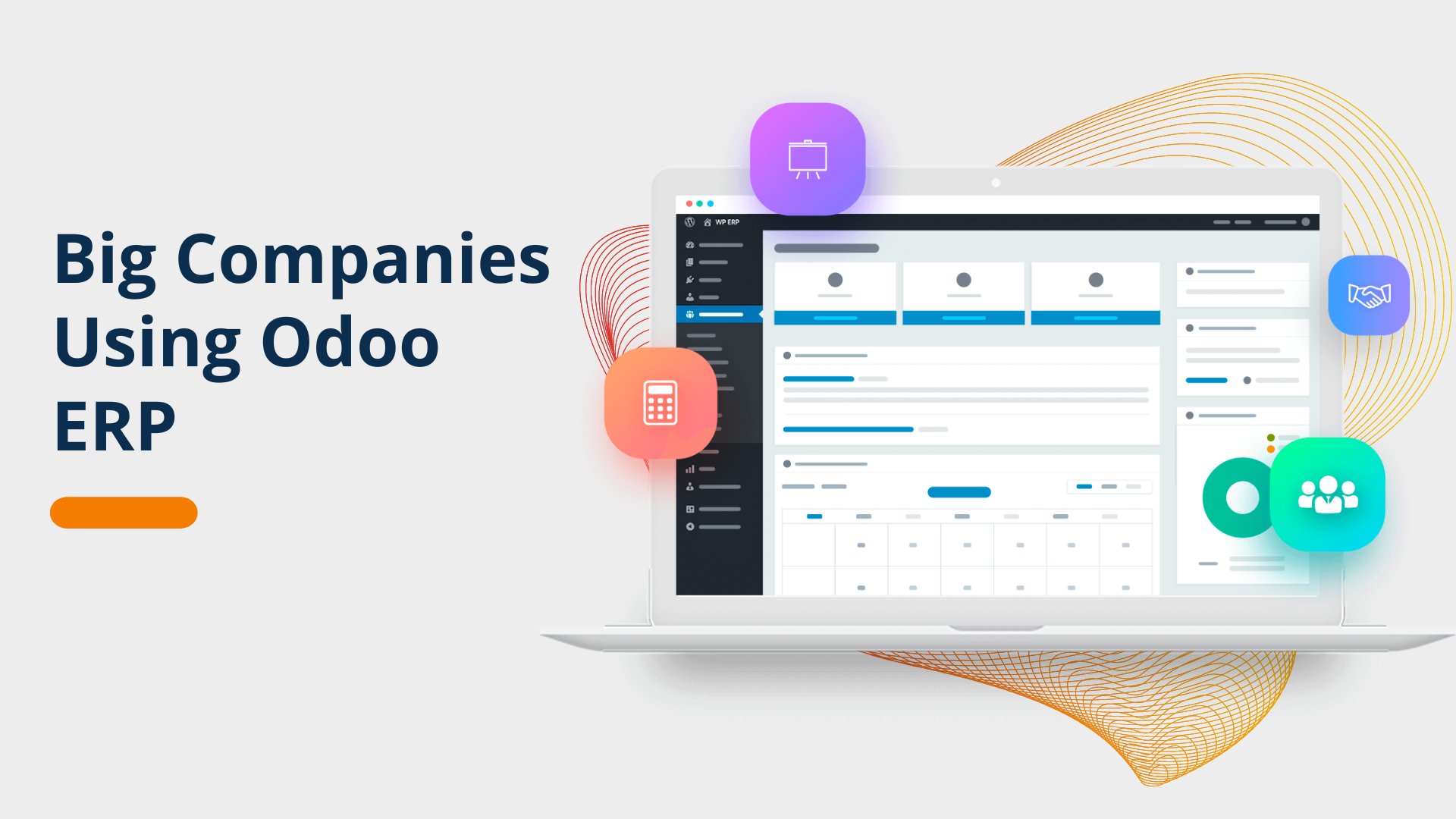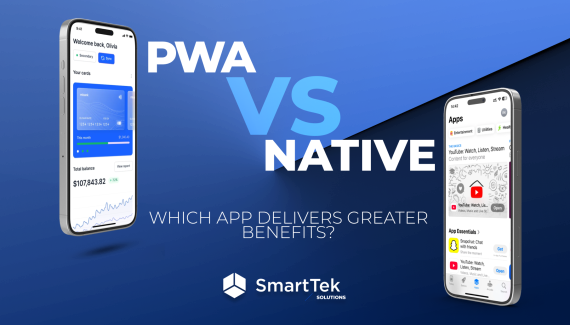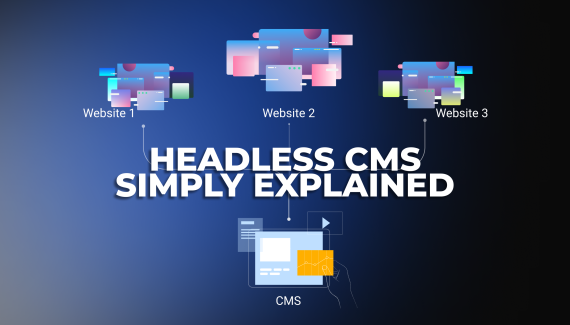Many businesses are willing to join the competition and create an e-commerce platform of their own. No wonder they are inspired by Amazon’s success: only in 2020 Amazon has generated 386.06 billion U.S. dollars of revenue.
If you wonder what it takes and how much it costs to build a platform like Amazon, you have come to the right place. In this guide, we have collected the information you need to start your own e-commerce business. Let’s dig into the details.
Reasons for Amazon’s Success
Amazon is the largest e-commerce marketplace worldwide. The key to its enormous popularity is simple and complicated at the same time: they built the best customer experience. Here are several features that ensured Amazon’s success:
1. Broad Selection of Products
A great range of products makes shopping easier for customers as they can get nearly everything from one store.
2. Free Shipping and Returns
Amazon popularized free shipping and returns, reducing the barrier to entry for consumers who were skeptical about shopping online.
3. One-Click Ordering
Amazon partly solved the problem of cart abandonment when they released and patented a possibility for customers to buy items with only one click.
Want to start a project?
Grow your team and expand your software development capabilities with a reliable tech partner by your side.
Contact us4. Convenient Payment
For a better user experience, Amazon provides multiple payment methods. I.e. credit and debit cards such as Visa, MasterCard, American Express, and others.
Once you are striving for creating e-commerce of your own, start with defining the business model that will help you implement the right monetization strategies.
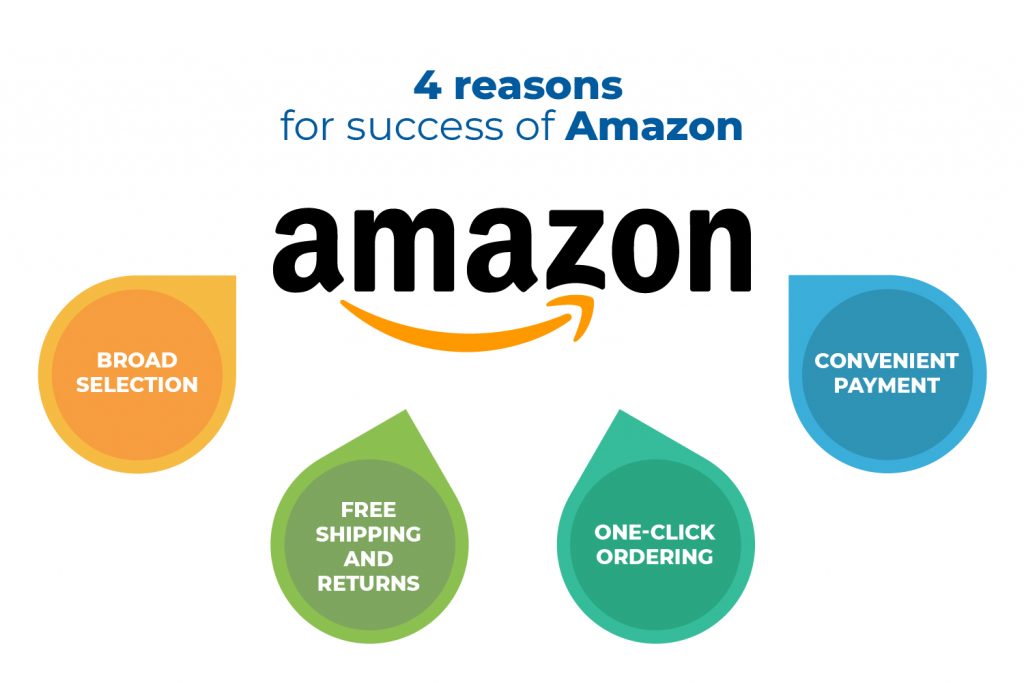
Classification of Marketplaces
1. Vertical Marketplaces
This type of marketplace website is focused on a specific category of products or services. Examples of verticals include automotive, education, manufacturing, and real estate.
2. Horizontal Marketplaces
Provide products and services from a large number of different categories. These e-commerce platforms can be described as a one-stop shop. Etsy is the exact example.
3. Global Marketplaces
Global marketplaces are not limited to a particular geographic location. They cover the exchange of products or services beyond geographic borders. Thus, global marketplaces target relevant customers all over the world. Amazon or eBay would be the perfect illustration.
Apart from the above-mentioned classification by business models, marketplace websites can be divided by the participants involved. They include the B2B, B2C, and P2P marketplaces. This classification is also important to calculate the cost to build an online marketplace.
1. B2B Marketplaces
B2B stands for a business-to-business model of marketplace websites. Here, the goods and services are sold from one business system to another. These e-commerce platforms connect multiple sellers with buyers. You can think of Alibaba, one of the world’s top platforms for global wholesale trade.
2. B2C Marketplaces
B2C refers to the business-to-customer e-commerce model. It implies the process of selling products or services between businesses and customers directly. In contrast with the previous type, B2C platforms rely more on the emotional response of their brand than on the true value of a product. The exact cases would be eBay or the App Store.
Amazon and Alibaba are great examples of both B2B and B2C marketplaces.
3. P2P Marketplaces
P2P, or peer-to-peer, marketplace websites are mediators between people who own a product and those who want to purchase it. The P2P e-commerce website provides its users a platform for sharing products and services. You must know Uber, which is a great example of such a platform.
Basic Steps to Create an E-Commerce Platform
What next steps are to be taken? E-commerce platform development consists of 6 steps. Let’s go through the stages of building a platform like Amazon.
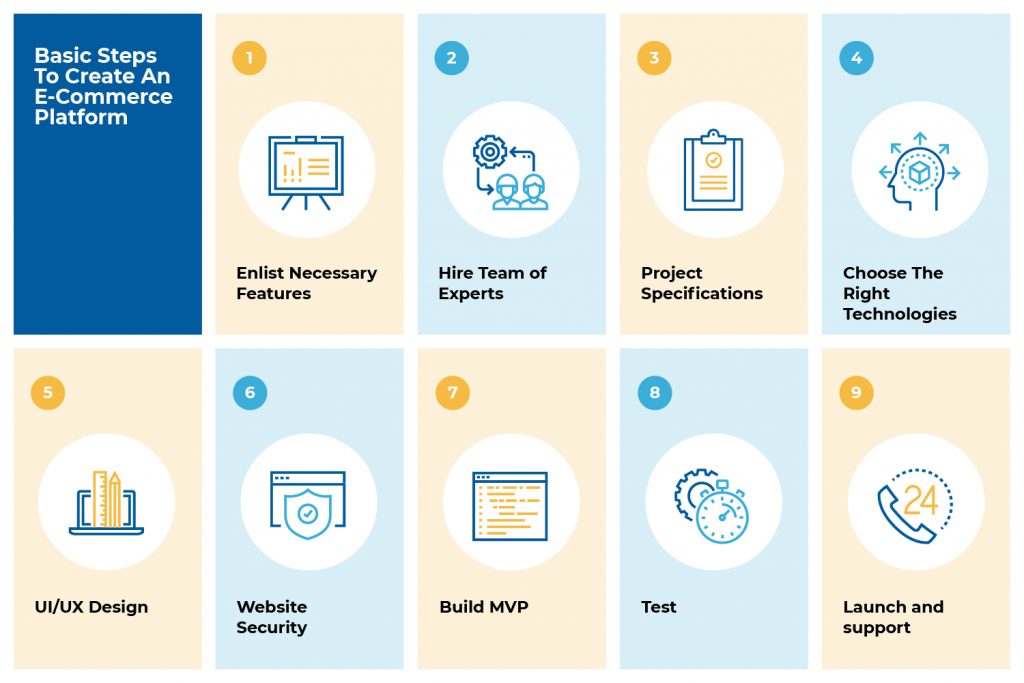
1. Enlist Necessary Features
Before getting to the development of any project, you should define all the requirements and features that are expected from the final product. Continue reading to find out the basic features of marketplace platforms.
2. Hire Team of Experts
A team solely dedicated to the specific project and working on it full-time is the key to successful products.
3. Project Specifications
A proper specification helps define the tasks the team is supposed to perform. Established planning is expected to provide guidelines to the team for everyone to have a clear understanding of duties, processes, and timeframes.
4. Choose the Right Technologies
Having a set of agreed features, the technology stack of the future e-commerce platform is subsequently determined. Pick the tech stack depending on the scope of work, timeframe, resources (including budget and team members), complexity, etc.
5. UI/UX Design
Visual design is the first thing that attracts users. To encourage them to spend more time within the site, you should make it look user-friendly for a pleasant user experience. Ensure the overall design is intuitive and soothing so that users don’t find it complicated to access the functionality. Moreover, effective user experience and interface design imply holding customers until the checkout process.
6. Website Security
Since users share their private information, make sure the website is safe and people’s data is secure.
7. Build MVP
A minimum viable product implies developing only the core functionalities to solve a specific problem and meet the needs of early adopters. Fundamentally, an MVP is the basic model of the product tested on the market. Developing a minimum viable product helps to launch the project quickly, collect quality feedback and minimize errors that might occur in the process. Building MVP includes frontend and backend development using many tools.
8. Test
Take charge of testing before the launch. Quality Assurance engineers are responsible for testing; they make sure the product is bug-free.
9. Launch and Support
For a successful launch, promote the platform among two of your target audiences: the buyers and the sellers. The online advertisement would be the most obvious way to start promotion. Then look further for alternative ways to attract customers depending on the product specifics, like discounts or membership bonuses.
Follow the link to find out more details about the process of an e-commerce website development.
Must-Have Features of an E-Commerce Platform
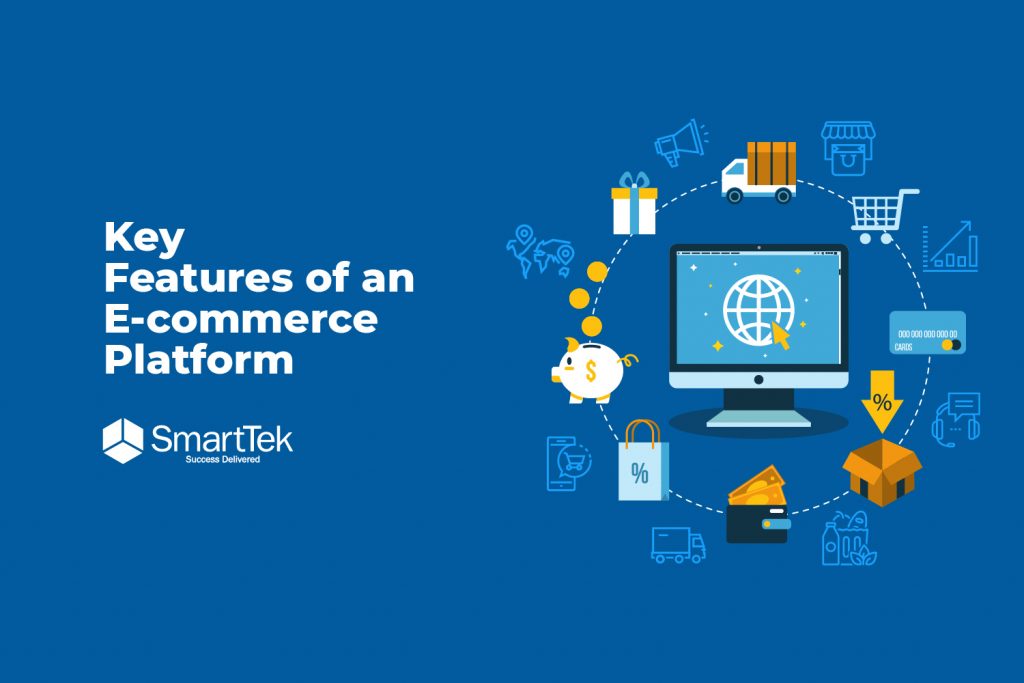
The list of functionality is the backbone of marketplace development. The optimal solution will be starting with a marketplace MVP or minimum viable product so that you will be able to test your idea with minimum spending. As the platform grows, you can add additional functionality depending on the occurring needs. Before starting the development stage, you should first ask yourself what features the product is going to include.
We suggest including the following functionality in a marketplace MVP that we split into two categories:
- Customer’s side
- Seller’s side
Customer’s Side Features
Registration / Authorization
Newcomers have to complete the signing-up process to get access to all the opportunities of the marketplace. Registration includes providing their personal info like name, email, and setting a password. After that users can proceed to search for the goods.
User Profile
Buyers’ accounts are mostly about personal information, the ability to view previous orders, and a wishlist. With a user profile, authorized customers should be able to edit their profile details like a delivery address, subscription plan, payment method, password, as well as check their order history.
Homepage
The landing page has to be attractive and intuitively simple to keep the customers at the site. This is where UI/UX design plays a vital role. To keep users engaged, you may be willing to add a list of popular products, the last watched product section, and relevant suggestions to your homepage.
Advanced Search
You cannot imagine a marketplace without a search feature as it makes navigation around goods and services easier and less time-consuming.
Advanced Filtering
A system of filters helps customers find suitable goods faster in terms of the price range, color, material, and so on.
Product Page
This page should provide customers with comprehensive information about the product, its photos, and its price.
Ratings and Reviews
Allow users to place reviews on the products to prove that you value their opinions. Also, ratings and reviews make your marketplace platform more trustworthy.
Shopping Cart
It is impossible to imagine a marketplace without a shopping cart. It should comprise a list of chosen products and brief information on each of them: price details, promocodes, payment methods, delivery as well as enable users to change the number of goods or delete them.
Multiple Payment Options
It might be simpler for entrepreneurs to implement only one debit/credit card option. Although, you will benefit more from adding multiple payment integrations to offer the clients a variety of different payment options to minimize their hesitations.
Shipping
Needless to say, shipping is a must-have function that helps consumers choose the most convenient delivery option.
Seller’s Side
Apart from options that are applied to both customers and sellers, there are several basic features for the use of vendors only.
Company Registration
Vendors register or sign in using their existing social media accounts and provide their personal data like:
- Company name
- Contacts
- Social media
- Ratings/reviews
- Testimonials
Ads
Publishing an advertisement on a marketplace requires an essential detailed description that may incorporate current condition, price, delivery methods, available quantity, existing colors, size range, etc.
Administrating Tools
Admin panel allows the vendor to manage settings like delivery or payment methods and establish the pricing. A typical MVP marketplace admin panel includes:
- User management. The list of users, the details screen, edit user option, delete or block user, create an account manually, users search;
- Messages to keep in touch with clients;
- Product management.
Apart from the above-mentioned basic features, you may be willing to differentiate your business among the competitors with the help of advanced features like AR/VR technology through digitized product representations. Find out more in our article dedicated to making user experience interactive via web AR.
Tech Stack for Marketplace Development
Creating a marketplace requires implementing the proper programming tools. The performance and maintainability of the platform are dependent on the tech stack you choose. To put it short, if you choose the wrong tools, you may face issues like low loading speed, scalability, and update problems if developing the marketplace with the unfitting tools. The tech stack also dictates the final project cost. Let’s dig into the main technologies required to implement the marketplace platform features.
Back-end
Back-end is a server-side of a platform that includes any functionality that needs to be accessed and navigated. It stores and arranges data as well as ensures that everything works correctly on the client-side. Users cannot see or interact with this part of the website.
To make the product sustainable and maintainable, consider using the latest modern tools. To develop the server-side part, give thought to Ruby, Ruby on Rails, ElasticSearch, Redis, i18n gem, MySQL, Sidekiq.
For instance, the tech stack for back-end development may be the following:
- Node.js
- EC2
- MySQL
- Swagger
- Express 4
- Sequelize
Want to hire a web development team?
We create responsive web applications and sites leveraging the most robust technologies in the industry to help you boost your business.
Get in touchHow Much Does It Cost to Build a Platform Like Amazon
We are getting closer to understanding the costs of basic development steps.
Design
The typical process starts with in-depth research, wireframes creation, and UI/UX design. Depending on the complexity of the design you are willing to achieve (i.e. whether it includes animation and visual effects or not), the design cost may vary from $1,000 to $4,000.
Front-end
After the UI/UX design is finished, developers turn the prototypes into working e-commerce products. The main factors that impact the price are:
- technologies used
- interface complexity
- website responsiveness or adaptiveness
For this stage, expect to set a budget of $3,500 to $7,000.
Back-end
Back-end development is the core process that defines how the entire system works and powers all the features. More importantly, the quality of the server-side influences the quality of the platform. Despite being unseen by the users, this is normally the most expensive and time-consuming stage. The major factors influencing average cost and development time are:
- Integration with third-party services
- Non-standard data processing (for example audio)
- Complex queries
Be ready to spend $10,000 to $30,000 and more on the back-end development.
Testing
Investing in quality assurance and control implies you ensure that the product operates as expected. Testing involves creating the tests, then maintaining and running them. Consider spending around $2,000–$5,000 for these invaluable processes.
Summing Up
Hopefully, our guide has given you a clear understanding of the basic steps of marketplace development and the cost you may expect. However, rates can vary further depending on numerous reasons. To determine the exact pricing of e-commerce platform development, feel free to contact us and start this fascinating journey together.
